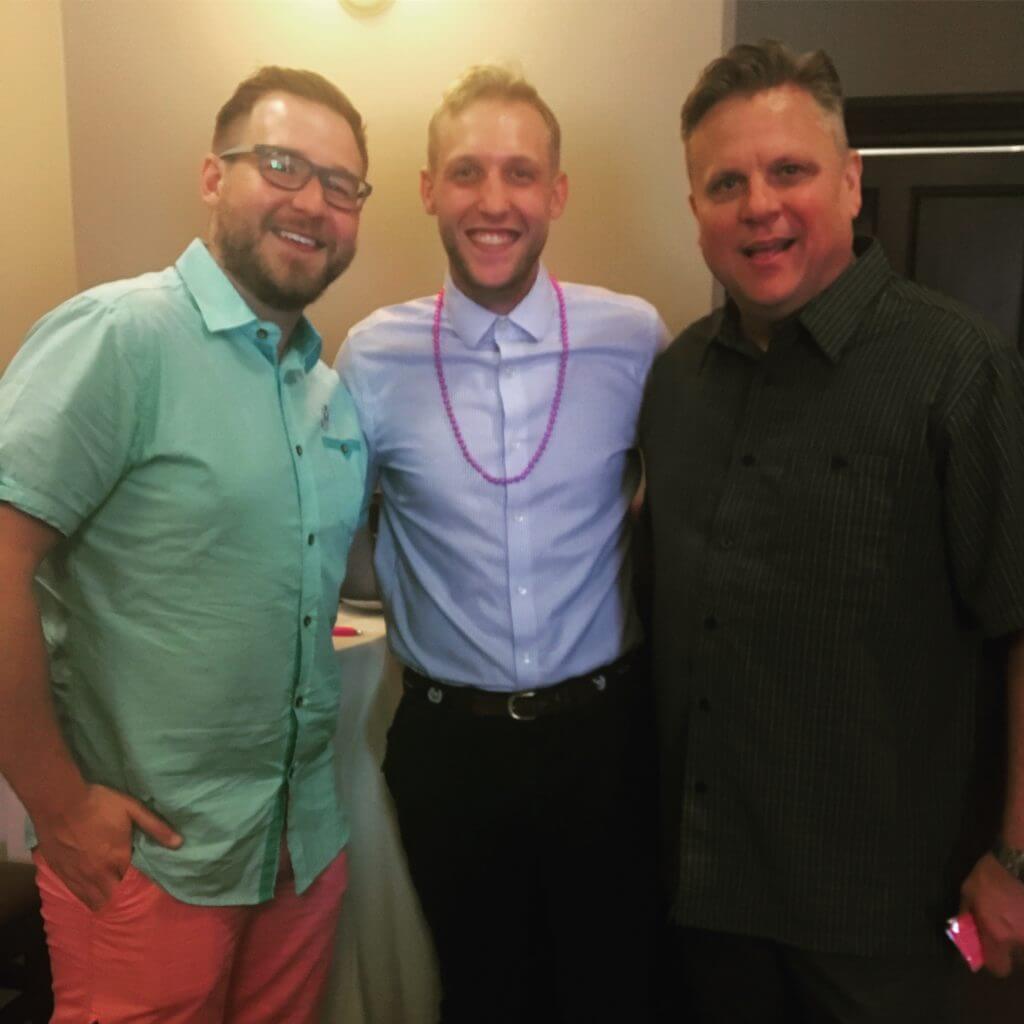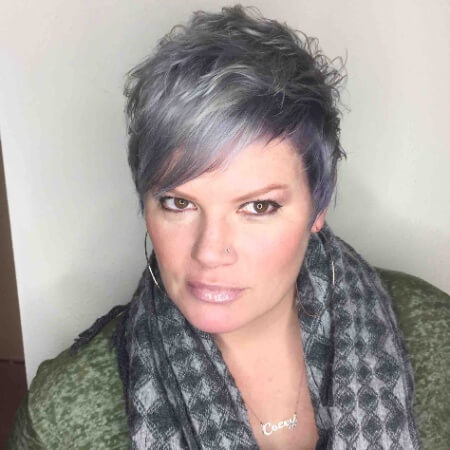![Su Ring & Joseph Suttner: New Day NW Producers [Podcast]](https://www.veracityagency.com/wp-content/uploads/NewDayLogo-2.jpg)
Su Ring & Joseph Suttner: New Day NW Producers [Podcast]
How to Save your Pitch From the Garbage Can with Seattle’s “New Day”
Last month I had a party on the calendar in Seattle and I thought I’d make a day of it interviewing Seattle press on my way. After all, this major metropolitan market is only three hours north of us. I’m sure many of you are already pitching Seattle press for clients that may, or may not, be based in Portland. Maybe you are not even in Portland yourself.
I was surprised, relieved and even a bit caught off guard to discover Seattle’s press scene to be just as warm as Portland’s. Possibly I was a little intimidated to take the podcast out of my own backyard, not that we haven’t landed press in Seattle before, but I hadn’t ventured my itty-bitty little podcast out very far. My outreach turned into a complete “press jag,” a term I’m using to communicate the binge aspect of how Veracity does press. I was able to book the entire day with back-to-back interviews which will be released over the next few months.
New Day is “live to tape” — which means they tape in one take without editing. Aside from quickly lifting out the occasional F-bomb, editing the show isn’t an option because it airs almost immediately after its taped. In explaining the show, Joseph said it has more of an “Oprah” vibe rather than an “Ellen” vibe, interspersing cooking and entertainment with more serious, topical segments. A mixture of entertainers, athletes, authors, chefs, and cause-related spokespeople are highlighted. About 30 percent of the segments are sponsored, meaning the organizations have paid for their air-time.
The Differences Between News and Lifestyle Shows
Since they both worked in fast-and-furious news departments before joining New Day, I thought I’d examine the differences between hard-hitting news and lifestyle shows. Su worked in King5’s newsroom for 14 years before taking a break to write a fiction romance about heavy metal band groupies called “Steel Goddesses” under an assumed name (Ann C Brant), available on Amazon. And Joseph worked in the news departments of both KXLY radio and King5 before joining New Day.
While maintaining a grueling, fast-paced clip, they both said that working in news is actually easier because news is always happening. Guaranteed content. The newsroom staff works in the present, meeting the deadline of that day’s newscast. They aren’t necessarily worried about tomorrow’s content until tomorrow comes. Whereas you’re always planning for the future at a lifestyle show like New Day. While it’s more fun because they get to choose what they’ll cover, both Joseph and Su think it’s actually more stressful.
Lightening the Segment Planning Load
Understanding more about New Day will help empower PR people to lighten the load for producers like Joseph and Su. While Joseph admits that many of the PR pitches are garbage, “I couldn’t do this job if it weren’t for PR people sending me ideas.” As soon as they walk in the door at 8 a.m., they are greeted with a blast of multiple PR pitches, most of them generic and unrelated to their coverage area.
Here’s how you can save your pitch from the garbage can:
- Research the show. Get an idea of what they cover and how they go about it. It’s a visual talk show with sit-down interviews lasting 5 – 7 minutes each. Think about what would actually work for this format.
- Provide visuals to help support the story. Photos, links to video or even props that you would actually bring in.
- Do you believe your story idea would be interesting to watch? If the answer is no, save the story and your PR reputation for a more appropriate medium, like print.
- Get on their radar ASAP. Once you have a “press release” ready, send it as far ahead as possible, 6 – 4 weeks is ideal. If you are pushing up against the 2-week mark, you’re quickly losing the opportunity because their shows must be filled one week ahead.
- I cringed at the idea of sending a “press release” to TV but Su said that as long as it incorporates the who (interviewee), what, where, when and why quickly up front it can work.
- Don’t send automated releases. Augment your email slightly to appear that it’s been changed a bit for them.
- Ensure that your story idea is fully contained. Bring your own models for fashion segments. Bring your own food and utensils for cooking segments. These examples also point to the visual aspect as well. Rather than talking about the food, a chef cooks the food. Rather than talking about the clothes, models display the clothes.
An Opportunity in Attendance
Another opportunity to keep in mind is that New Day’s audience coordinator organizes daily audiences of up to 25 in attendance. This is a great opportunity for groups, especially nonprofits, that want a quick shout-out on-air or for product giveaways. You could even pair an interview with a product giveaway to drive home the message. Things like beauty products, food, gift cards, clothes and more are given to the audience while also being mentioned on-air.
Slant Pitches Toward the Emerald City
While a little more than half of New Day’s coverage focuses on Seattle-based topics, the rest of the interviews are celebrities like musicians and authors coming through town. However, these interviewees are in Seattle doing something for the local community so it seems that there is a local slant. Therefore, you’ll have to search for some sort of Emerald City angle to make your pitch stand out. Perhaps your interviewee is in town for a speaking engagement? Or maybe your product released a new version for Seattleites? Are your services being customized for this market? Go on New Day and talk about it!
Getting Ahold of New Day
The time to connect with New Day, or any television show, is NOT when they are in their crunch time right before the show and especially NOT during the show. Arriving at work at 8 a.m., Su and Joseph are completely focused on getting that day’s show ready. They begin taping at 10 a.m. so this would be the absolute worst time to connect. They are done taping the show around 11:30 – 11:45 a.m. at which point they attempt to scarf down lunch while culling through their mountainous in-box and meeting with each other to discuss the next day’s show. A good time to call is probably after this lunchtime breather.
When creating your New Day pitch, put in the necessary time and effort. Be sure to think of the message, the right time to connect, the emphasis on Seattle, and your audience. Garbage pitches are surface level content, New Day pitches are well-thought out, timely and researched. After all you don’t want your pitch in the trash can.
About the guests: Su Ring & Joseph Suttner
Su Ring and Joseph Suttner are producers of King 5’s New Day Northwest. New Day Northwest is a daily talk/lifestyle/entertainment show that airs weekday mornings at 11 on KING 5, the NBC-affiliate station in Seattle. They are responsible, along with another producer and an audience coordinator, for creating six segments every day for the hourlong show. Su and Joseph are active on Twitter too.
Connect and follow New Day Northwest on social media:
This episode of PR Talk is brought to you by PRSA Oregon
Throughout Oregon and Southwest Washington, PRSA provides members with networking, mentorship, skill building and professional development opportunities – whether you are a new professional fresh out of college or a skilled expert with 20 years in the industry. Check out PRSAoregon.org for more information on how membership can help you grow and connect.
PR Talk is sponsored by monday
In such a fast-paced, multi-faceted work environment, it can be tough to stay on top of everything. monday is the collaboration tool trusted by businesses of all kinds to help cut down the clutter and streamline productivity. Learn more at monday.com and signup for a free trial. You’ll see in no time why so many teams around the world are choosing monday for their project management needs.
PR Talk listeners can use the coupon code BetterExecute for a 15% discount.

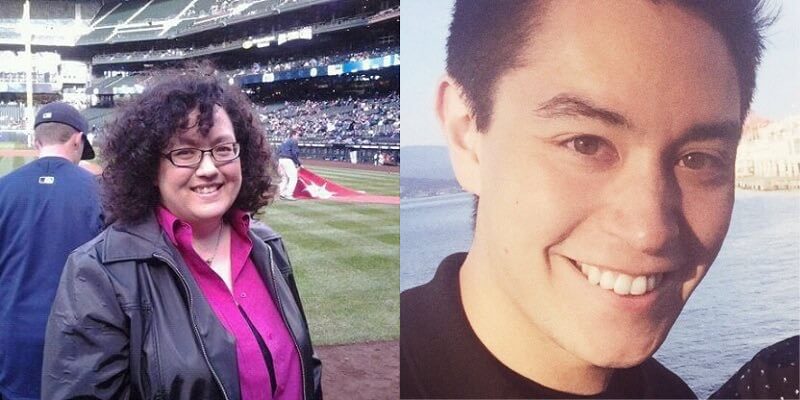
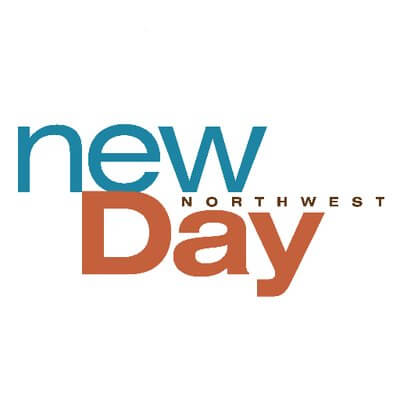
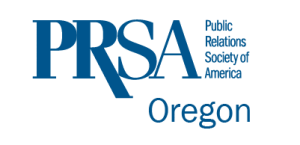

![Gregory Day: Host of Weekly Portland Podcast and KPTV’s “The Dish” [Podcast]](https://www.veracityagency.com/wp-content/uploads/Gregory-Day-KPTV.jpg)
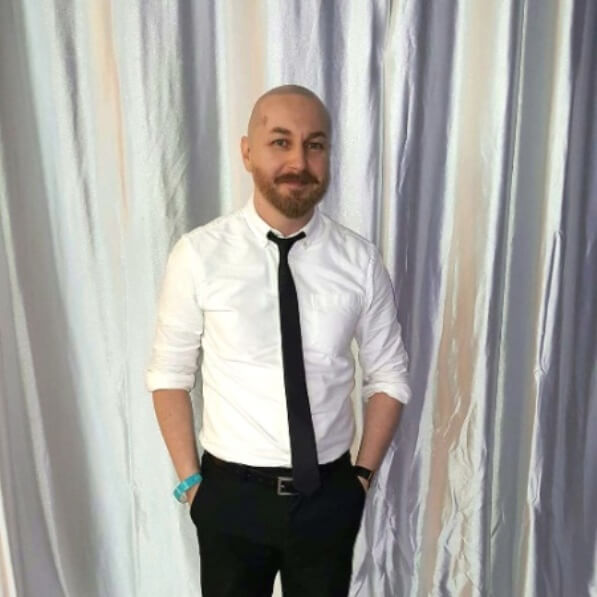

![B2B PR with Rick Polito, Nutrition Business Journal Chief Editor [Podcast]](https://www.veracityagency.com/wp-content/uploads/rick-polito-promo-770x574.jpg)
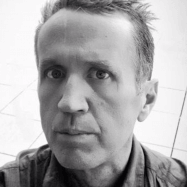
![Lizzy Acker: OregonLive Trending Team on Digital First Writing [Podcast]](https://www.veracityagency.com/wp-content/uploads/Lizzy-Acker-Oregonian.jpg)
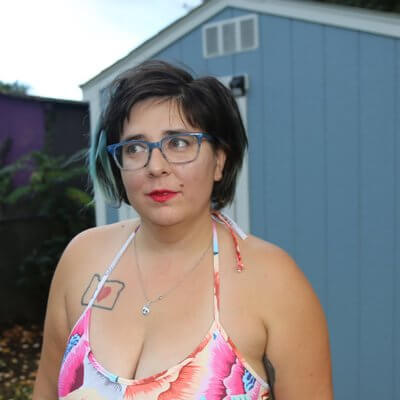
![Michelle Brence: Oregonian Editor Turns into Content Strategist for OHSU [Podcast]](https://www.veracityagency.com/wp-content/uploads/Michelle-Brence-OHSU.jpg)
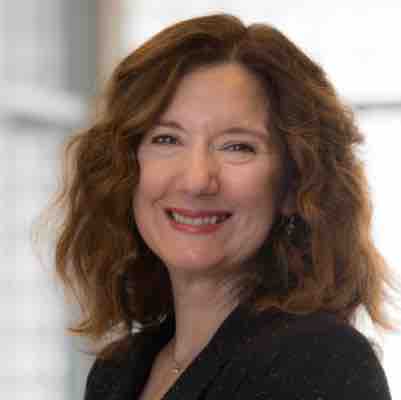
![Real Men Wear Pink with KINK FM’s Corey & Mitch [Podcast]](https://www.veracityagency.com/wp-content/uploads/Corey-and-Mitch_795x597.jpg)
